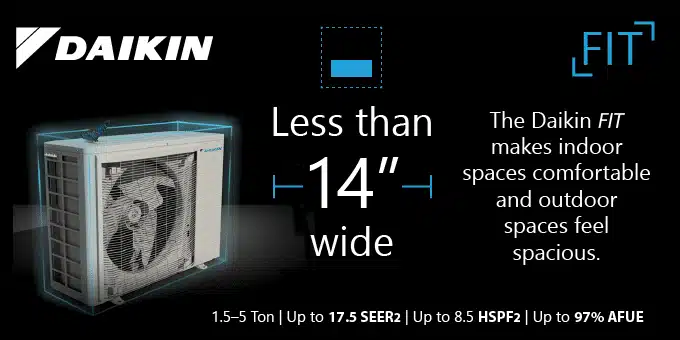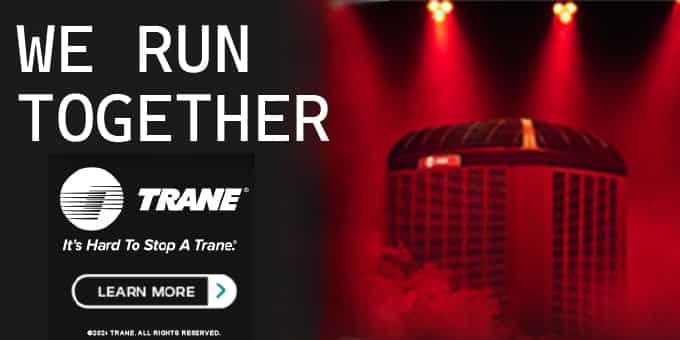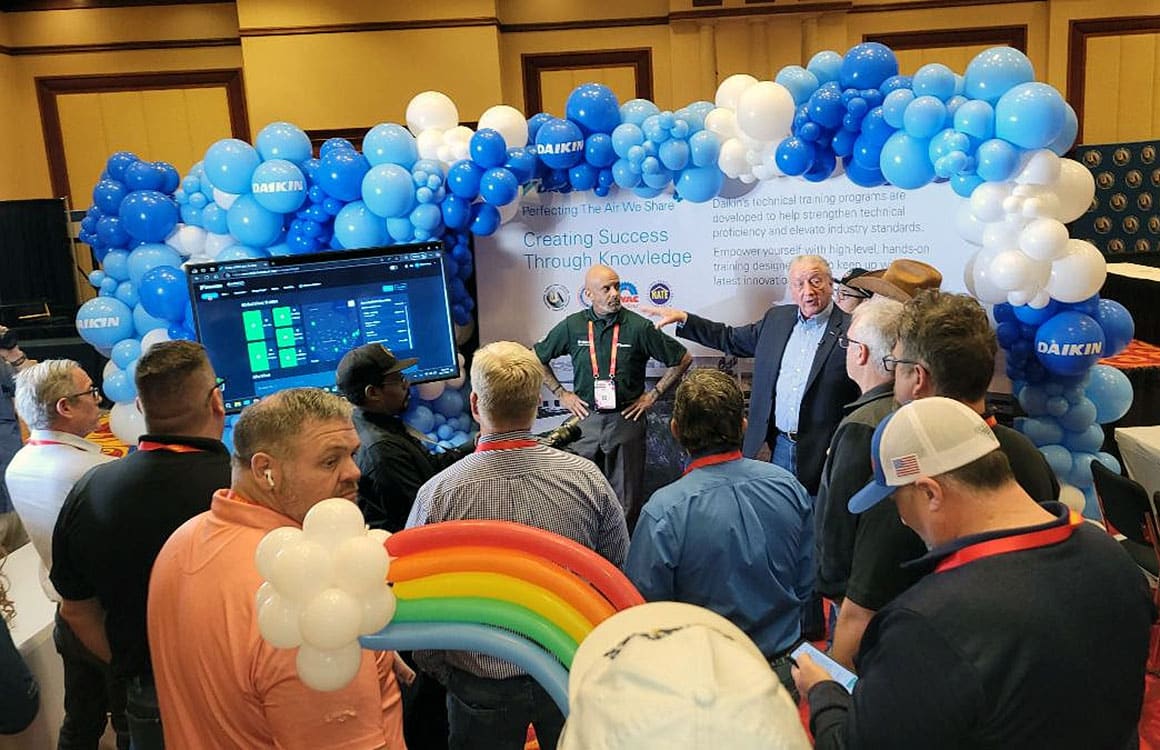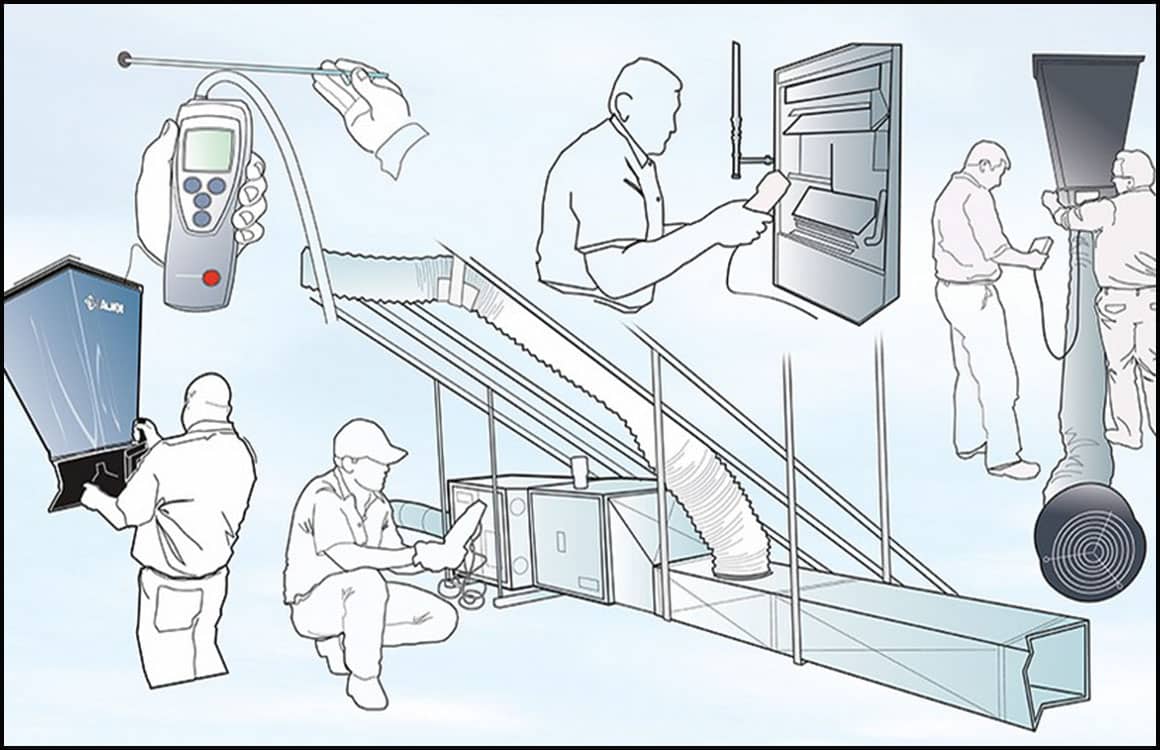 Back in February 2025, two joint resolutions were introduced: H.J. Res. 38 in the House and S.J. Res. 14 in the Senate. Both aim to void the EPA’s rule under the American Innovation and Manufacturing (AIM) Act of 2020, which outlines the phasedown and management of HFCs and their substitutes.
Back in February 2025, two joint resolutions were introduced: H.J. Res. 38 in the House and S.J. Res. 14 in the Senate. Both aim to void the EPA’s rule under the American Innovation and Manufacturing (AIM) Act of 2020, which outlines the phasedown and management of HFCs and their substitutes.
As of July 15, however, no hearings have been scheduled yet, and both are sitting in their respective committees (Energy and Commerce in the House, and Environment and Public Works in the Senate).
So what happens if one of these resolutions pass both chambers? In short: the current EPA rule on HFC management under AIM would be tossed out.
Even if this happens, it’s unlikely to reverse the direction the industry is already heading in. The shift to A2L refrigerants has real momentum. Equipment manufacturers and refrigerant producers have poured time and money into complying with the new regulations—and many are still scrambling to meet demand for A2Ls, which has outpaced even their most optimistic projections. (If you missed it, check out the June 18, 2025 ACCA blog covered HERE).
I don’t see the AIM Act being overturned, and even if it is, I don’t think it would change much in the field. The market is already moving forward. But this lull in legislative action gives contractors and small businesses a window of opportunity. Now’s the time to talk to your representatives, senators, and yes, the EPA too. Urge them to take a thoughtful approach to future regulations—because constant changes come with real costs.
Do we need new rules so frequently? I get the urgency behind reducing greenhouse gases and addressing global warming. But maybe, just maybe, a more concentrated investment in R&D—instead of incremental regulation—could get us to the next breakthrough faster. Could we be putting more effort into a refrigerant-free technology for air conditioning? It’s something to think about.
In a previous column discussing R-290, R-744 and HFOs I covered the international landscape, including the European Union’s new F-gas regulation that took effect in March 2024. To recap: starting in 2027, the GWP limit for air conditioning and heat pump self-contained units under 50 kW will be 150. And by 2032, all F-gases will be banned across the EU. That means HFCs like R-410A, R-32, R-452B, and even R-454B will be off the table in Europe—some as early as 2027. The global market is shifting, with or without Washington’s green light.
So what should you do? Get involved. Contractors need a common voice, and your local trade association is a great place to start. The more input lawmakers get from the ground level—the people installing, repairing, and maintaining these systems every day—the more likely we are to get regulations that make sense for everyone. Make your customers aware of the causes behind the current refrigerant bottleneck and ask them to contact their representatives. Lawmakers are more likely to respond to their constituents than small businesses “complaining” about their problems.
Let’s keep the conversation going and keep pushing for smart, sustainable solutions—both in policy and in practice.
Warm regards,
Peter Montana, Director, ACprosite.com
pmontana@ACprosite.com
813.417.6792

















